Table of Contents
Introduction to Chili Peppers
Chili peppers are essential ingredients in global cuisines, offering diverse heat levels and flavor profiles. This comprehensive guide details the most common chili pepper varieties, their Scoville ratings, culinary applications, and practical buying tips to help you select the perfect pepper for any dish.
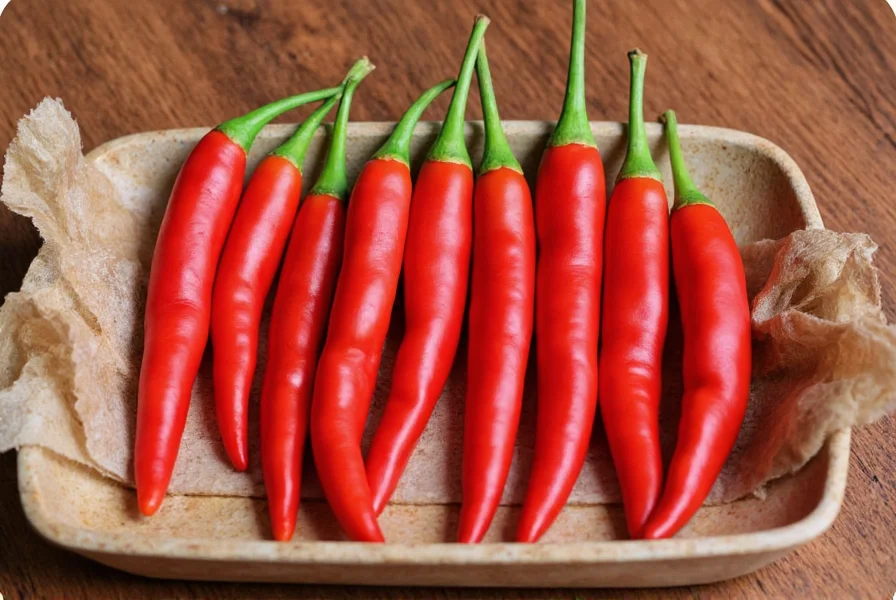
Types of Chili Peppers
With hundreds of varieties worldwide, chili peppers range from mild to extremely hot. Here are the most commonly used types with key characteristics:
- Jalapeño: Originating in Mexico, these bright green peppers (2,500–8,000 Scoville units) have a grassy, slightly sweet flavor. Ideal for salsas, guacamole, and pickled snacks.
- Serrano: Smaller and hotter than jalapeños (10,000–25,000 Scoville units), with a crisp, bright flavor. Perfect for fresh salsas and Asian stir-fries.
- Habanero: Caribbean origin with fruity, floral notes (100,000–350,000 Scoville units). Best for hot sauces, Caribbean jerk seasoning, and tropical dishes.
- Bird's Eye Chili: Thai staple (50,000–100,000 Scoville units) with sharp, citrusy heat. Essential in Thai curries and Vietnamese pho.
- Cayenne: Dried red pepper (30,000–50,000 Scoville units) used as powder for seasoning meats, soups, and spice blends.
- Poblano: Mild Mexican pepper (1,000–2,000 Scoville units) with earthy flavor. Traditionally stuffed for chiles rellenos or used in mole sauce.
- Ghost Pepper: One of world's hottest (1,000,000–1,500,000 Scoville units), with smoky, fruity undertones. Use sparingly in hot sauces and infused oils.
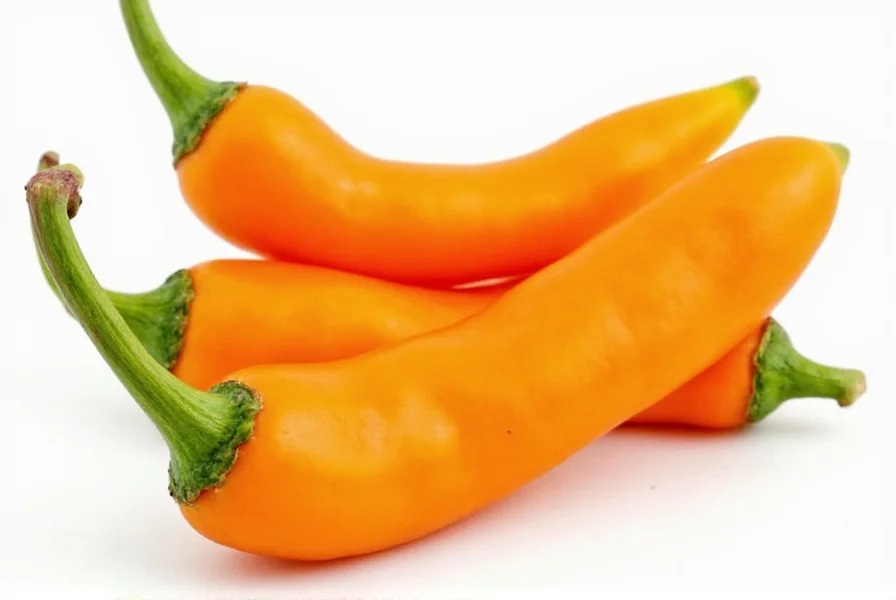
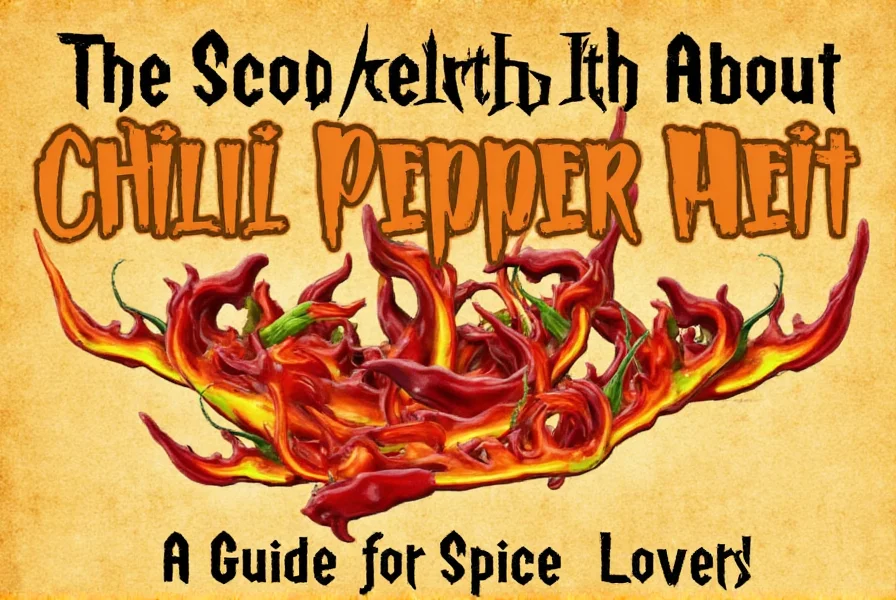
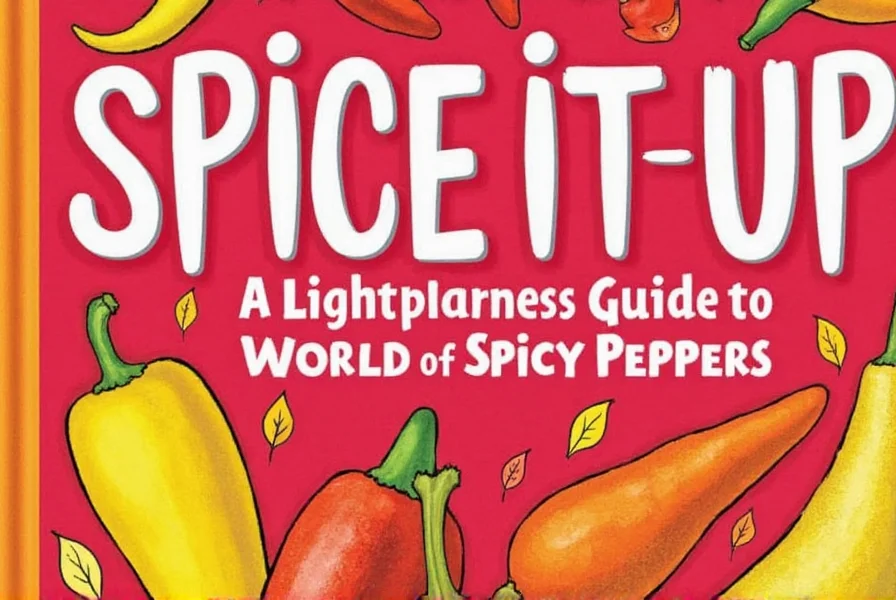
Spice Levels and Heat Scale
| Chili Pepper | Scoville Units | Heat Level | Flavor Profile |
|---|---|---|---|
| Jalapeño | 2,500 – 8,000 | Mild to Medium | Grassy, slightly sweet |
| Serrano | 10,000 – 25,000 | Medium to Hot | Crisp, bright, vegetal |
| Habanero | 100,000 – 350,000 | Very Hot | Fruity, floral, tropical |
| Bird's Eye Chili | 50,000 – 100,000 | Hot | Sharp, citrusy, intense |
| Ghost Pepper | 1,000,000 – 1,500,000 | Extremely Hot | Smoky, fruity, complex |
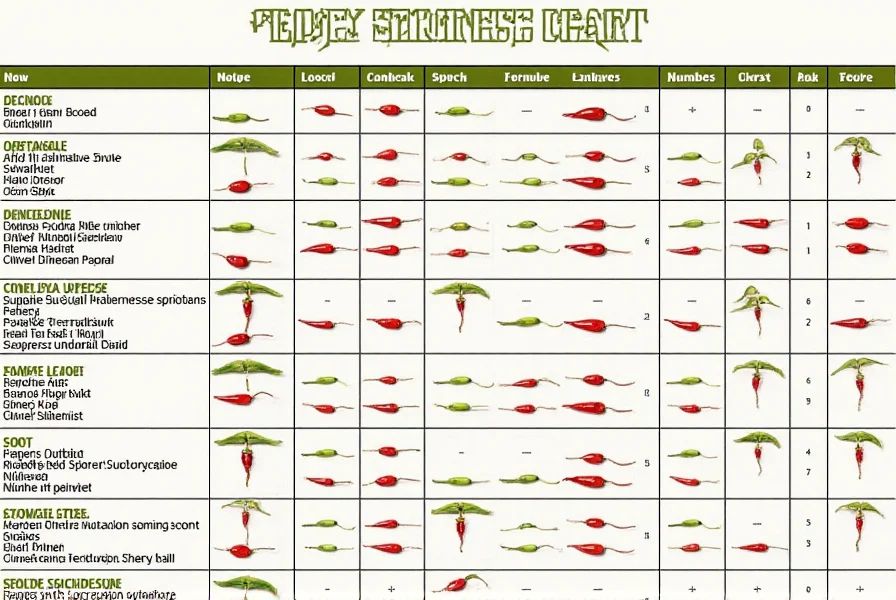
Culinary Uses of Chili Peppers
Each chili variety brings unique flavors to dishes. Here's how to use them effectively:
- Jalapeño: Roast for smoky salsas, pickle for tacos, or stuff as jalapeño poppers. Remove seeds for milder heat.
- Serrano: Ideal for fresh pico de gallo and Thai stir-fries. Their thin walls release heat quickly in cooking.
- Habanero: Use in Caribbean jerk marinades, mango salsa, or hot sauces. Balance with sweet fruits like pineapple.
- Bird's Eye Chili: Essential in Thai curries and Vietnamese pho. Crush whole peppers for instant heat in soups.
- Cayenne: Add to spice rubs, chili con carne, or homemade hot sauce. Its powdered form distributes heat evenly.
- Poblano: Roast and peel for stuffed chiles rellenos. Dried as ancho peppers for mole sauce and sauces.
- Ghost Pepper: Use sparingly in hot sauces or infused oils. Combine with honey for balanced heat in barbecue glazes.
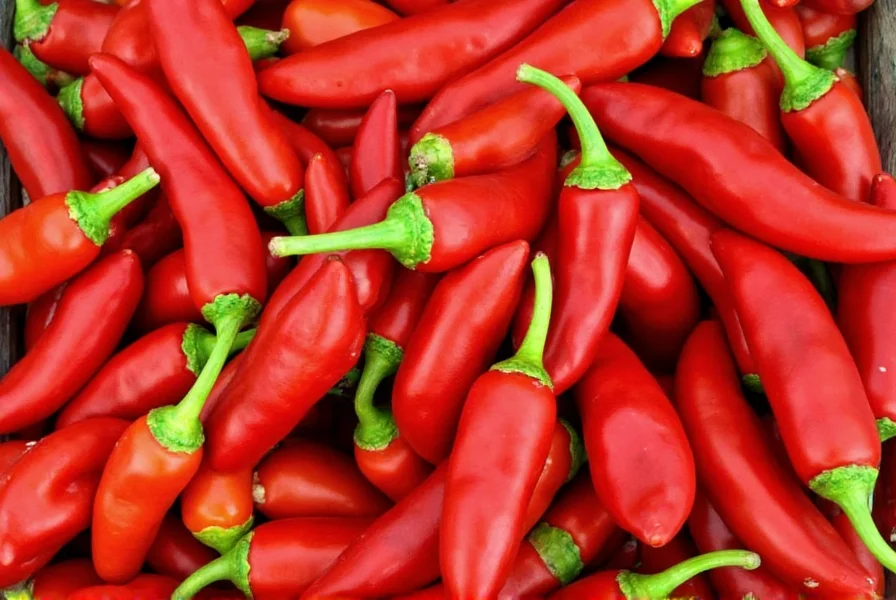

Buying Guide for Chili Peppers
Select fresh, dried, or processed chili peppers with these expert tips:
1. Fresh Chili Peppers
- Appearance: Look for vibrant color, firm texture, and smooth skin without wrinkles or soft spots.
- Stem Check: Green, fresh stems indicate recent harvest. Avoid dried or brittle stems.
- Storage: Store unwashed in paper bag in refrigerator crisper drawer for up to 2 weeks.
2. Dried Chili Peppers
- Color: Deep, consistent color (no fading or mold spots).
- Texture: Should be pliable but not brittle. Crackling sound when bent indicates freshness.
- Smell: Strong, aromatic scent. Musty or sour odors indicate spoilage.
3. Processed Chili Products
- Hot Sauces: Check ingredient list for real chili peppers as primary ingredient. Avoid sauces with excessive vinegar or sugar.
- Powders: Look for single-variety powders (e.g., pure cayenne) rather than blends for precise heat control.
- Refrigerated Products: Check expiration dates and ensure proper refrigeration in stores.
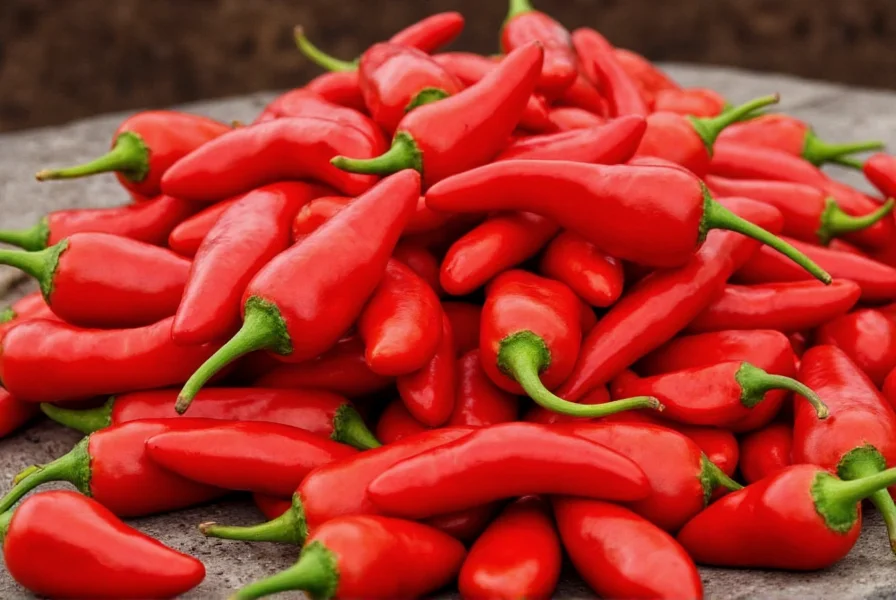
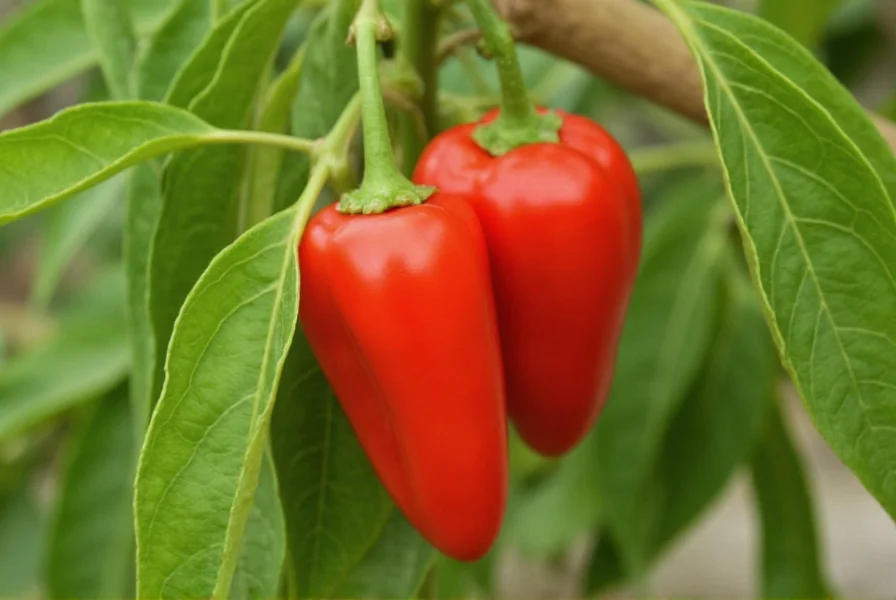
Frequently Asked Questions
What are the most common types of chili peppers?
The most widely used varieties include Jalapeño, Serrano, Habanero, Cayenne, and Bird's Eye Chili. Each offers distinct heat levels and flavor profiles: Jalapeño (mild), Serrano (medium), Habanero (very hot), Cayenne (versatile powder), and Bird's Eye (intense heat for Asian cuisines).
How do I choose the right chili pepper for my dish?
Consider both heat level and flavor profile. For mild dishes like guacamole, use Jalapeño or Poblano. For medium heat in stir-fries, choose Serrano or Cayenne. For intense heat in hot sauces, Habanero or Ghost Pepper work best. Flavor-wise, Habanero adds fruity notes to tropical dishes, while Chipotle (smoked Jalapeño) enhances barbecue sauces with smokiness.
What is the difference between jalapeño and serrano peppers?
Jalapeños (2,500–8,000 Scoville) have thicker walls and milder heat, making them ideal for stuffing and pickling. Serranos (10,000–25,000 Scoville) are smaller, thinner-walled, and significantly hotter with brighter, more vegetal flavor. Serranos release heat faster in cooking and are better for fresh salsas where intense heat is desired without overwhelming volume.
How can I reduce the heat of a chili pepper?
Remove seeds and white membranes (placenta), which contain 80% of capsaicin. Rinse under cold water after cutting. Balance heat with dairy (yogurt, cheese), acid (lime juice), or sweetness (honey, fruit). For cooked dishes, simmering with tomatoes or coconut milk also reduces perceived heat.
Are chili peppers healthy?
Yes. Chili peppers are rich in vitamin C (higher than oranges), vitamin A, and antioxidants. Capsaicin may boost metabolism, reduce inflammation, and support heart health. However, excessive consumption can cause digestive discomfort in sensitive individuals. Moderation is key for health benefits.
How should I store fresh chili peppers?
Store unwashed peppers in a paper bag inside the refrigerator's crisper drawer for up to 2 weeks. For longer storage, freeze whole peppers in airtight bags for 6 months. Drying is ideal for preservation—hang peppers in a dry, ventilated area until crisp, then store in airtight containers. Avoid plastic bags, which trap moisture and cause spoilage.
Conclusion
From the mild Poblano to the fiery Ghost Pepper, each chili variety offers unique flavors and heat profiles that transform dishes. Understanding these differences allows you to confidently select peppers for any recipe—whether you're making a mild salsa, spicy curry, or hot sauce. Experiment with different types to discover how chili peppers can elevate your cooking beyond just adding heat.
Remember: The true magic of chili peppers lies in their flavor complexity. Next time you cook, try a new variety and experience the full spectrum of what these remarkable ingredients have to offer.
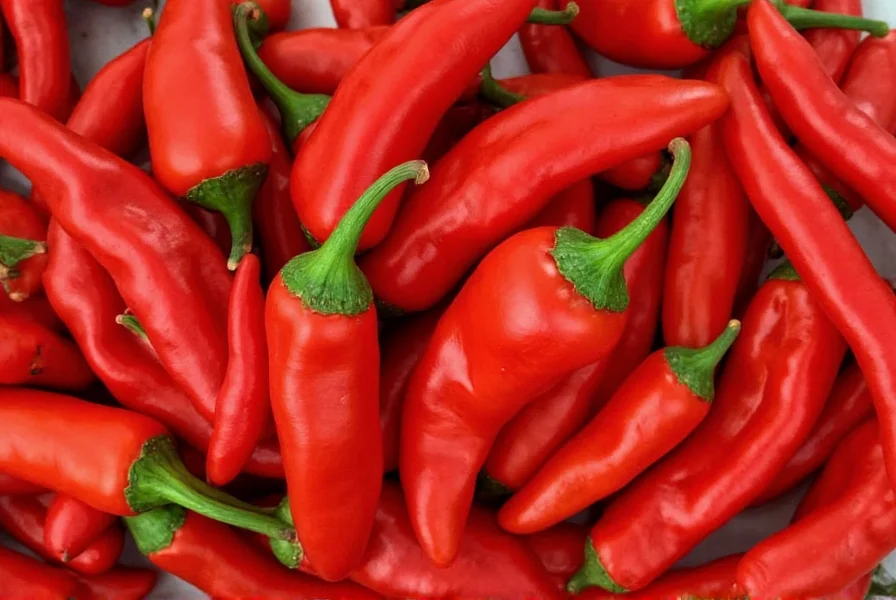










 浙公网安备
33010002000092号
浙公网安备
33010002000092号 浙B2-20120091-4
浙B2-20120091-4